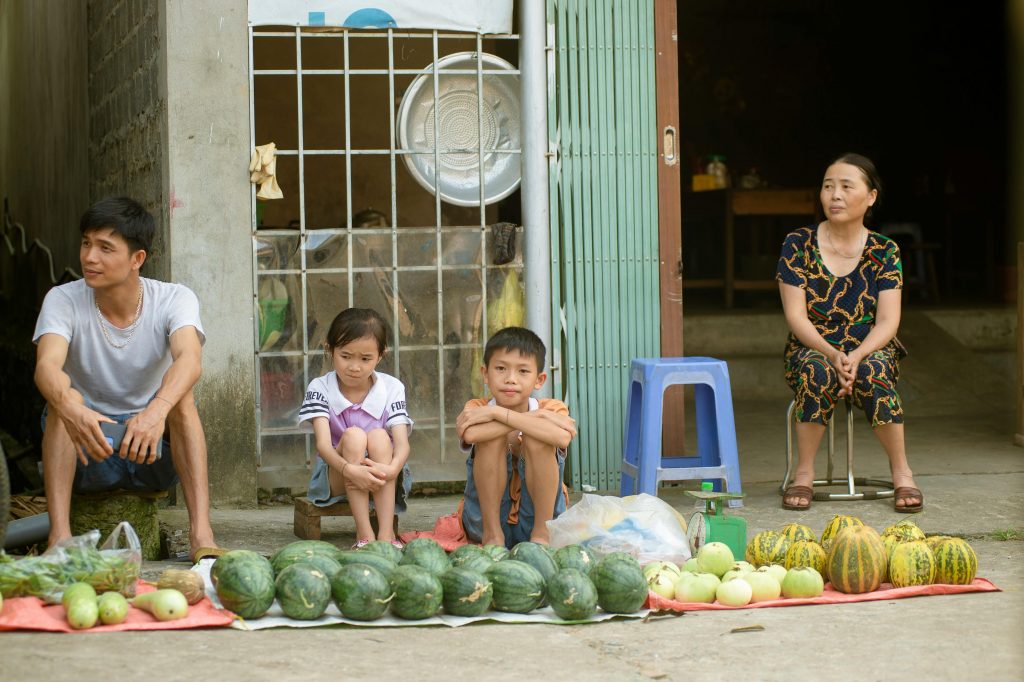Agribusiness is the cornerstone of rural livelihoods in Kenya, sustaining over 70% of the population in these regions. Yet, despite its central role, many smallholder farmers and Agricultural entrepreneurs face significant barriers to accessing affordable credit. Conventional financial institutions often shy away from lending to rural farmers due to their lack of formal collateral and unpredictable income streams. In response to this financing gap, Savings and Credit Cooperative Organizations (SACCOs) have become crucial alternatives, offering tailored financial services that are both accessible and community-driven.
What are SACCOs?
SACCOs are community-based financial entities owned and operated by their members. These cooperatives focus on pooling resources to offer savings and credit services that improve members’ financial well-being. Regulated by the Sacco Societies Regulatory Authority (SASRA) in Kenya, SACCOs play an instrumental role in promoting financial inclusion, especially in remote areas often ignored by mainstream banks.
How SACCOs Support Agribusiness
Accessible Financing
SACCOs provide small loans to farmers and Agricultural entrepreneurs who may not qualify for traditional bank loans. Because SACCOs often use group guarantees instead of physical collateral, more rural farmers are able to access credit.
Tailored Loan Products
Many SACCOs have developed loan products specifically suited to agricultural cycles, such as seasonal repayment schedules aligned with harvest periods. This flexibility reduces the financial strain on farmers.
Collective Bargaining Power
By pooling resources, SACCO members can purchase agricultural inputs such as seeds, fertilizers, and equipment at lower prices. SACCOs may also facilitate joint marketing efforts, allowing farmers to negotiate better prices for their produce.
Capacity Building
Beyond financing, SACCOs often partner with NGOs, government agencies, and agricultural extension officers to provide training on modern farming techniques, financial literacy, and agribusiness management.
Encouraging a Savings Culture
SACCOs encourage members to save regularly, which not only builds financial discipline but also creates a fund base from which loans can be issued. These savings become a safety net for farmers during difficult seasons.
Case Study: The Rise of Dairy Cooperatives
In regions such as Nyandarua and Meru, dairy SACCOs have transformed the livelihoods of thousands of small-scale farmers. These SACCOs offer daily milk collection services, guaranteed payments, and access to credit for buying dairy cows and feeds. The model has led to increased milk production and improved household incomes.
Challenges and Opportunities
While SACCOs are making a difference, they still face several challenges:
- Limited capital base restricts the amount and size of loans.
- Governance issues and mismanagement in some SACCOs have led to loss of member trust.
- Climate change poses risks to agricultural productivity, affecting loan repayment.
However, there is significant opportunity for growth:
- Digital platforms are being introduced to improve SACCO record-keeping, transparency, and access to services.
- Partnerships with microfinance institutions, donor organizations, and the government can inject additional capital and technical expertise.
SACCOs are a powerful force for economic empowerment in Kenya’s rural areas. By offering inclusive, affordable, and farmer-friendly financial services, they are helping to unlock the full potential of agribusiness. With continued investment in training, technology, and governance, SACCOs can play a pivotal role in fostering resilient, prosperous rural communities across the country. Go to Top Five SACCO Management Systems in Kenya to find a SACCO that fits your preference.

